Sure Stay Plus [Korea Quality]슈어스테이플러스호텔[한국관광 품질인증]
12.8Km 2023-05-23
32, Onsaem-ro, Asan-si, Chungcheongnam-do
+82-507-1426-3052
Sure Stay Plus is an American chain business hotel in the center of the Tangjeong Display Industrial Complex in Asan, Chungcheongnam-do, and is the first Sure Stay Plus hotel to open in Korea. Accomodation rates are reasonable, and all rooms have air purifiers and bathtubs. Nearby tourist attractions include the Independence Hall of Korea in Cheonan, the Korean independence heroine Yu Gwan-soon’s Memorial Hall, Oeam Folk Village, and Hyeonchungsa Temple. Public transport links are good, with KTX Cheonan-Asan Station 15 minutes away.
Unjusanseong Fortress (운주산성)
12.8Km 2021-08-31
Migok-ri, Sejong-si
+82-44-300-3423
Unjusanseong Fortress, also known as Gosansanseong Fortress, is a cultural heritage of the Baekje dynasty. This is a mountain fortress built along the surrounding three mountain peaks in the westernmost and southernmost parts of Unjusan Mountain. The stone fortress wall, which borders three villages in Jeondong-myeon and two villages in Jeonui-myeon, is 3,210 meters long and two meters wide with a x_height that ranges from two to eight meters. The walls follow the natural geographical features of the mountain range, with the southern walls surrounding the mountain's peak.
Remnants of a village can still be observed within the fortress walls, such as the fortress gate and a ritual site. Pieces of earthenware from the Baekje period, porcelain from the Goryeo and Joseon periods, and broken tiles from the Baekje, Goryeo and Joseon periods have been discovered around the site as well.
Beartree Park (베어트리파크)
13.5Km 2025-05-20
217, Sinsong-ro, Sejong-si
+82-44-866-7766
Beartree Park is a beautiful natural space in Sejong founded by entrepreneur Lee Jae-yeon. The park first started out as a private garden cared for by Lee personally. The garden was turned into a park and opened to the public in 2009, boasting a beautiful collection of flora and fauna. Indoor and outdoor botanical gardens, junipers, wild flowers, irises, and bonsais are tended with the utmost of care. In addition to the magnificent gardens, visitors can also observe family of deer, bears, birds, and more.
CU - Nam Seoul University Student Union Hall Branch [Tax Refund Shop] (cu남서울대학생회관점)
13.9Km 2024-06-26
B1F, 91, Daehak-ro, Seonghwan-eup, Seobuk-gu, Cheonan-si, Chungcheongnam-do
-
Sejong Traditional Paste Museum (세종전통장류박물관)
14.1Km 2025-05-20
90-43 Baeil-gil, Jeondong-myeon, Sejong-si
The Sejong Traditional Paste Museum highlights Korea’s traditional sauce culture, featuring staples like soybean paste, red chili paste, and soy sauce. Its garden, with over 1,000 pots, is a standout attraction. The museum includes indoor exhibition halls, an outdoor exhibit area, a fermentation experience center, a Korean restaurant specializing in fermented sauces, and a paste shop. Visitors can participate in activities such as making grain soap shaped like meju (fermented soybean blocks) or creating their own fermented pastes. In November, visitors can also observe the process of making soybean paste and red chili paste.
Hyeonchungsa Shrine (현충사)
14.7Km 2020-04-03
126, Hyeonchungsa-gil, Asan-si, Chungcheongnam-do
+82-41-539-4600
Hyeonchungsa Shrine, located in Asan-si, is the shrine of General Lee Sun-Shin (1545-1598). It was built in 1706, and named Hyeonchungsa Shrine the following year. In 1932 during the Japanese occupation, a treasure preservation committee was formed to protect the shrine. Afterward, the shrine was rebuilt by the government, its area greatly enlarged, and was further developed into a sacred place.
The shrine contains Sipkyeongdo, a pictorial biography of general Lee Sun-Shin’s portrait and his life story. Nanjung Diary, designated National Treasure No. 76, his Long Sword, Treasure No. 326, and other treasures are displayed within the shrine as well, together with the old house he lived in, the arrow shooting range, and Geobuksun (turtle ship). When you enter the of Hyeonchungsa Shrine, Chungmu gate, you will see another gate called Hongsal Gate. Go past Hongsal Gate and you can see Lee Sun-Shin’s portrait, which was made with Korean Cheonggiwa tiles and iron-reinforced concrete. Inside the Gotaek Building is the Chungmujeong House, where Lee Sun-Shin spent his life until he was a young man. The newly added pond, Yeonji Pond, in Hyeonchungsa Shrine is also worth exploring.
Asan Maengssi Haengdan House - Maeng Sa-seong House (아산 맹씨행단(맹사성 고택)
14.8Km 2020-05-07
23-4, Haengdan-gil, Asan-si, Chungcheongnam-do
+82-41-536-8773
Maeng Sa-seong is a major figure in Cheonbaek-ri and was a prime minister during the early years of the Joseon dynasty. His house is the oldest private residence in Korea, and was originally General Choi Yeong’s home, before he turned it over to his grand son-in-law, Maeng Sa-seong. The simple residence houses two 600-year-old gingko trees in the yard. Therefore it has been named ‘Haengdan’, meaning that Confucius taught on top of the gingko tree symbolizing a place of learning. For that reason it is inferred that Maeng Sa-seong intentionally planted gingko trees in the yard and taught junior scholars. The two gingko trees provide a cool shade and give out five sacks of gingko nuts each year.
Yeongok Valley (연곡계곡)
15.1Km 2024-05-28
Sanggye-ri, Jincheon-eup, Jincheon-gun, Chungcheongbuk-do
Yeongok Valley, situated south of Malloesan Mountain in Jincheon, is adjacent to a picturesque lake formed by damming the Seongamcheon Stream. This verdant, forested valley, with its clear water sounds, birdsongs, and refreshing breeze, offers a serene escape, perfect for cooling both body and mind during the summer. Additionally, nearby shops and restaurants, pensions, and Malloesan Ecological Park provide further opportunities for exploration and enjoyment.
Uniqlo - Asan Punggi Branch [Tax Refund Shop] (유니클로 아산풍기)
15.5Km 2024-04-18
1692, Oncheon-daero, Asan-si, Chungcheongnam-do
-
E-Mart - Asan Branch [Tax Refund Shop] (이마트 아산)
15.7Km 2024-04-22
1678, Oncheon-daero, Asan-si, Chungcheongnam-do
-

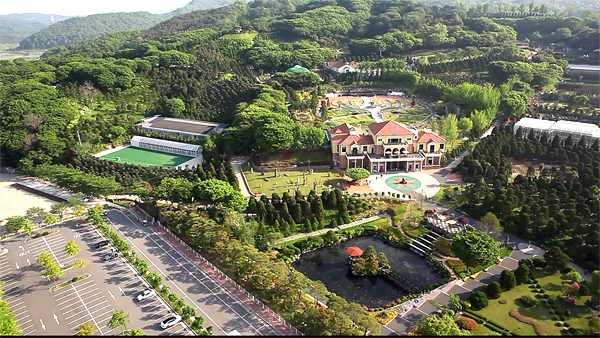
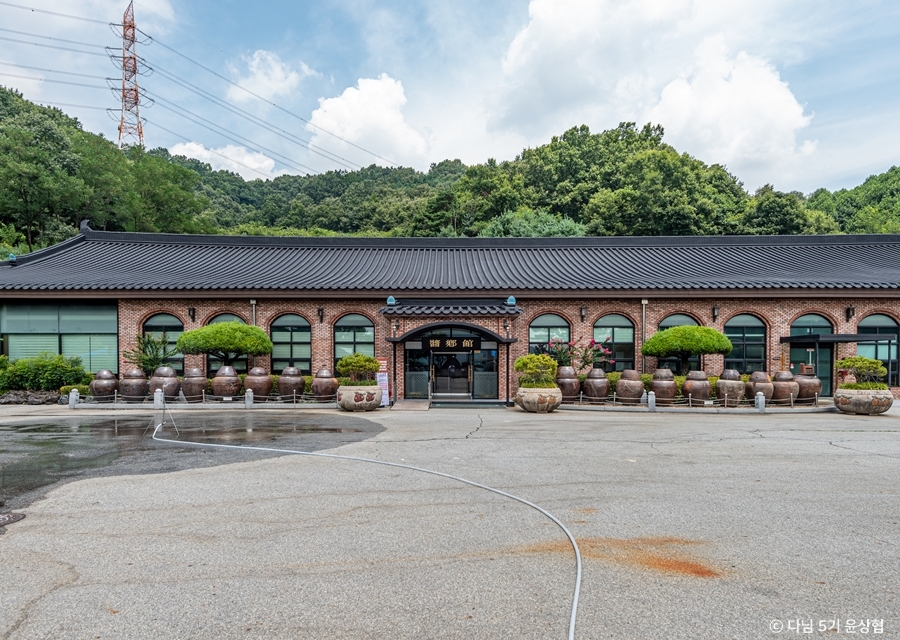
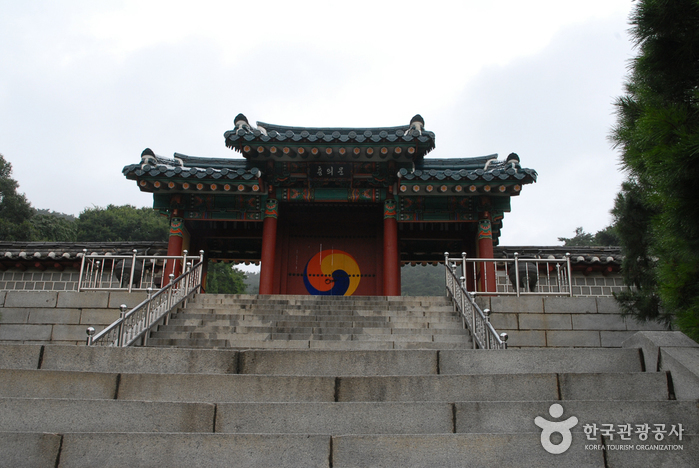
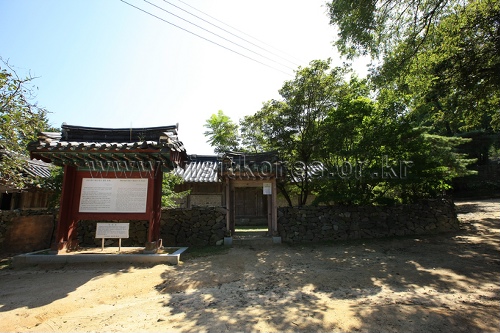
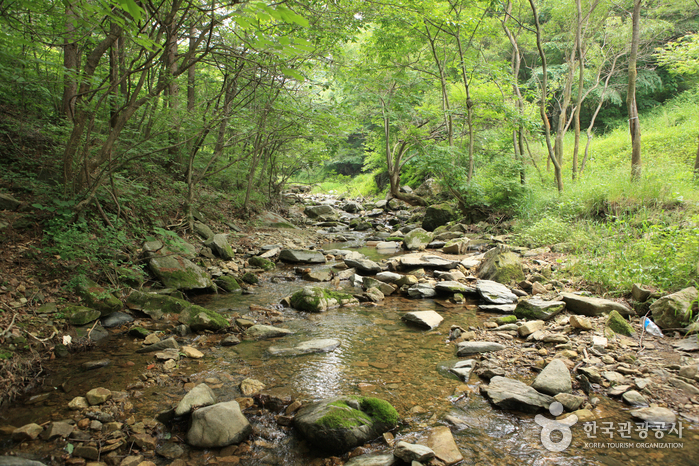
![Uniqlo - Asan Punggi Branch [Tax Refund Shop] (유니클로 아산풍기)](http://tong.visitkorea.or.kr/cms/resource/08/2883308_image2_1.jpg)
![E-Mart - Asan Branch [Tax Refund Shop] (이마트 아산)](http://tong.visitkorea.or.kr/cms/resource/05/2883305_image2_1.jpg)
 English
English
 한국어
한국어 日本語
日本語 中文(简体)
中文(简体) Deutsch
Deutsch Français
Français Español
Español Русский
Русский